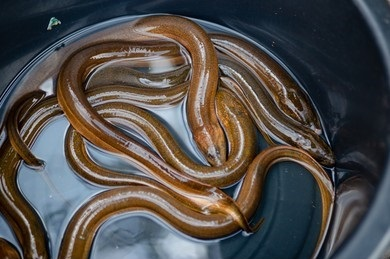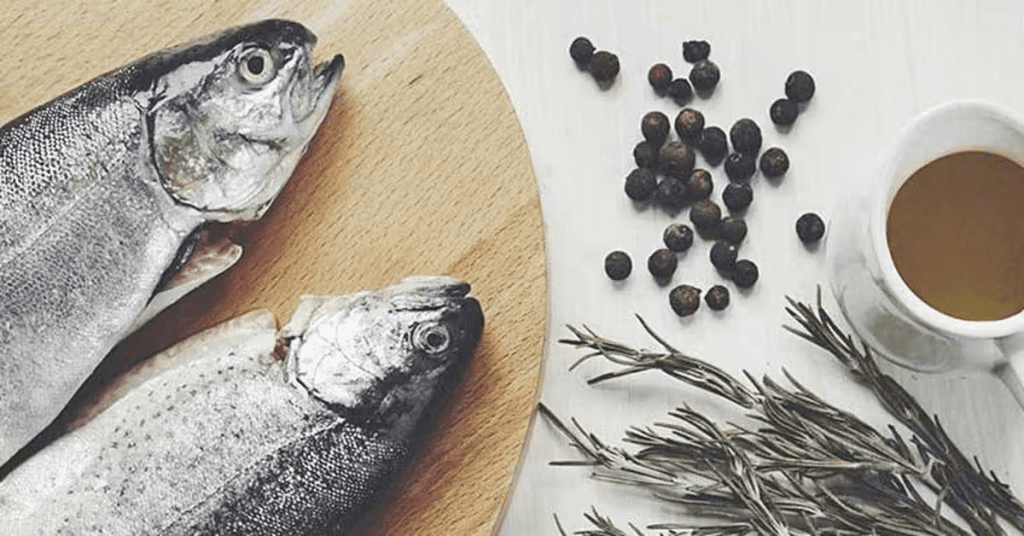Fish is widely considered a healthy addition to our diets, offering essential nutrients like omega-3 fatty acids, protein, and vitamins. However, not all fish are created equal when it comes to safety. Due to rising environmental pollution, mercury levels in water bodies have reached alarming heights, contaminating various types of fish. Consuming high-mercury fish regularly can pose serious health risks, ranging from brain disorders to organ damage. Here’s a closer look at the types of fish that are best to avoid due to their mercury content.
The Dangers of Mercury in Fish
Mercury is a toxic heavy metal that enters the water through industrial waste, mining, and atmospheric deposition. It then accumulates in fish, with some species absorbing higher levels than others. When humans consume mercury-contaminated fish, the metal accumulates in the body over time, potentially causing long-term health issues such as brain damage, liver disease, neurological disorders like Alzheimer’s or Parkinson’s, and developmental delays in children.
1. Catfish: Beware of the Farming Risks

Catfish is often farmed to meet global demand, making it a popular choice due to its affordability. However, there are serious concerns about the way catfish is raised.
- Farmed Catfish and Hormones: In some regions, farmed catfish are fed with hormones to accelerate growth and increase profits. This practice raises concerns about mercury contamination and overall food safety, as the fish may absorb toxic substances from the water.
- Health Risks: Catfish farming conditions can lead to elevated levels of mercury and other pollutants. Consuming catfish regularly can increase the risk of mercury poisoning, which may manifest as memory loss, tremors, or cognitive decline.
- What to Do: If you still want to include catfish in your diet, opt for responsibly sourced or wild-caught varieties. These are generally less likely to contain high levels of mercury compared to farmed catfish.
2. Ocean Perch: A High-Risk Choice
Ocean perch, a popular species found in coastal waters, is known for its mild flavor and versatility in recipes. However, it is also one of the most susceptible fish to mercury contamination.
- Living Conditions: Ocean perch lives on the seabed, a habitat where mercury tends to settle. Because it’s an omnivorous species, it consumes smaller fish and organisms that may also contain mercury, leading to higher levels of contamination.
- Impact on Health: Frequent consumption of ocean perch can lead to mercury buildup in the body, which can damage the oral mucosa, teeth, digestive tract, and kidneys. Long-term exposure increases the risk of neurological and developmental disorders.
- What to Do: Limit your intake of ocean perch, especially if you are pregnant or have young children. Opt for safer alternatives like tilapia or cod, which generally have lower mercury levels.
3. Mackerel: Not All Types Are Safe
Mackerel is well-known for its high omega-3 content, making it a beneficial choice for heart health and brain development. However, not all mackerel species are safe to consume frequently.
- High Mercury Levels: Some species, like King Mackerel and Spanish Mackerel, contain dangerously high levels of mercury. This can be particularly concerning for pregnant women, as mercury exposure can harm fetal development.
- Health Concerns: Mercury in mackerel can lead to severe neurological effects, such as memory loss, poor coordination, and developmental delays in children. Adults may experience cardiovascular issues, immune system suppression, and kidney damage.
- What to Do: Stick to Atlantic mackerel, which is generally safer and contains lower levels of mercury. Be sure to check the source of the mackerel before purchasing to ensure it’s safe for consumption.
4. Eel: A Magnet for Toxins

Eel is often considered a delicacy in many cuisines around the world, but it carries significant health risks due to its environment and feeding habits.
- Contamination Risks: Eels are bottom-dwellers, meaning they live in waters that can be heavily contaminated with industrial waste and agricultural runoff. This makes them highly susceptible to absorbing mercury and other pollutants.
- Health Impact: Consuming eel contaminated with mercury can lead to digestive issues, liver damage, and neurological disorders. The mercury buildup in eels poses serious risks for pregnant women, young children, and individuals with compromised immune systems.
- What to Do: If you enjoy eating eel, limit your intake to minimize health risks. Opt for smaller portions and try to source eel from cleaner, more controlled environments whenever possible.
5. Imported Catfish: A Hidden Danger
Catfish from certain countries, particularly imported varieties, have been flagged for not meeting food safety standards in countries like the United States. While catfish farming boosts economic growth in some regions, it has raised red flags due to the presence of mercury and other harmful chemicals.
- Contaminated Farming Practices: Catfish imported from some countries have tested positive for high mercury levels and banned substances like crystal violet and malachite green—both harmful to human health.
- Health Risks: Consuming imported catfish with high mercury content can lead to toxicity over time, affecting liver function, cognitive abilities, and overall well-being.
- What to Do: To ensure safety, buy locally sourced catfish or look for certifications that verify safe farming practices. Choose wild-caught catfish whenever possible, as they are less likely to be exposed to high levels of pollutants.

Why It’s Crucial to Choose Low-Mercury Fish
Eating fish offers many health benefits, from heart-healthy omega-3 fatty acids to high-quality protein. However, the risk of mercury exposure can overshadow these benefits if you consume high-mercury fish regularly. Pregnant women, nursing mothers, and young children should be especially cautious, as mercury can affect brain development and overall growth.
Safe Fish Options with Low Mercury Levels
If you’re looking to reduce mercury exposure but still want to enjoy fish’s nutritional benefits, here are some safer options:
- Salmon: Rich in omega-3s and generally low in mercury, wild-caught salmon is one of the healthiest fish you can eat.
- Tilapia: This mild-flavored fish is low in mercury and widely available, making it a popular choice for safe consumption.
- Sardines: These small fish are not only low in mercury but also packed with nutrients like calcium, vitamin D, and omega-3 fatty acids.
- Trout: Freshwater trout is a safer alternative with lower mercury content and high nutritional value.

Conclusion: Make Informed Choices to Protect Your Health
While fish can be a healthy part of your diet, it’s crucial to be aware of mercury risks. Avoid high-mercury fish like ocean perch, eel, and certain types of catfish and mackerel. By choosing low-mercury options and practicing moderation, you can still enjoy the benefits of seafood without compromising your health. Always be mindful of where your fish comes from and opt for safer, sustainably sourced varieties whenever possible.


